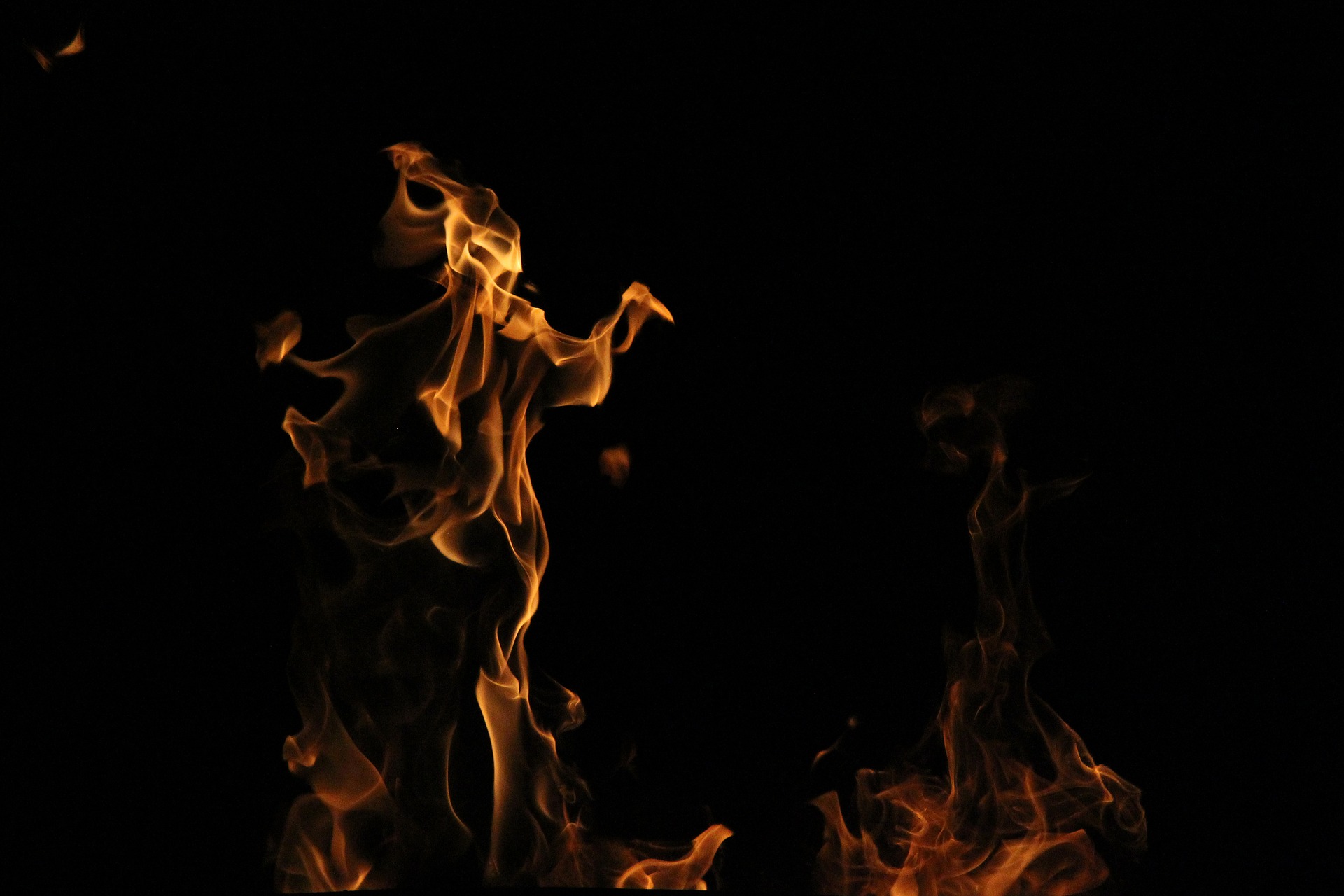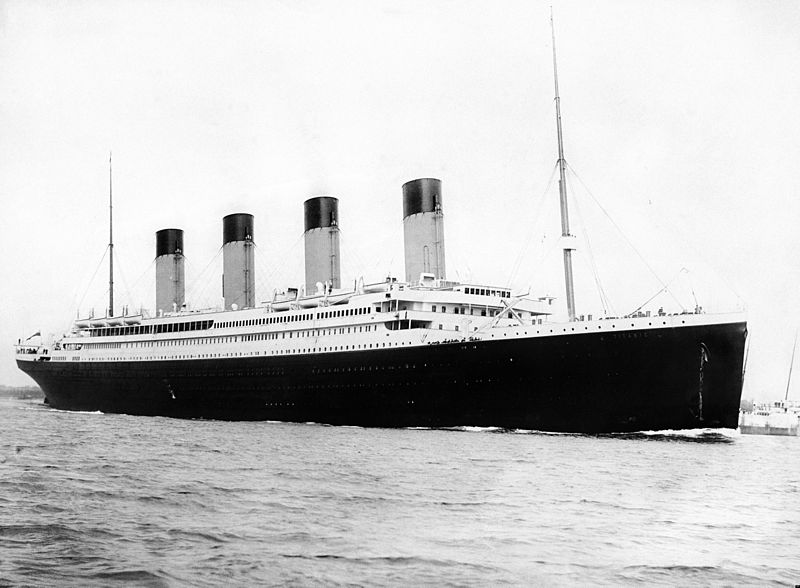Did A Coal Fire Sink the Titanic?
Now that we’ve got that clickbait title out of the way, let’s answer the question. No, the iceberg that the Titanic hit is almost certainly the main reason the boat sank. However, a 2017 documentary posits that a sudden coal fire weakened the giant ship’s hull and sped up the sinking, causing a greater loss of life. Senan Molony, an Irish journalist, advocates his theory after three decades of Titanic research, and his evidence is pretty compelling.

Did A Coal Fire Sink the Titanic? Photos show evidence that a coal fire damaged the Titanic before it even set sail
A mysterious black streak
Around 2013, Molony and a partner bought a set of Titanic photographs hidden in an attic. Already intriguing, the photos are even more interesting because they belonged to a descendant of the director of Harland and Wolff, the shipping company that built the Titanic. These rare photos were taken by the engineering chief himself before the ship even set off. As Molony and his friend studied the images, they noticed a mysterious black streak on the ship’s hull. Based on perspective, the streak has been around 30-feet long. It also was very close to the area where the infamous iceberg struck.
Molony showed experts the photos, and many were unsure what they were looking at. Was it a shadow? After an analysis by engineers at Imperial College London, they came to the conclusion that the black streak was the result of a coal-bunker fire. These three-story-tall rooms stored most of the coal needed to power the Titanic’s engines, and a fire there would be very bad. The Titanic was a “single-skin” ship, which means that it had just one hull. Modern ships have two, for safety, but having just one, a fire in the coal bunker was very bad news for the Titanic’s integrity.
Saving face
According to Molony, the coal fire could have begun three weeks before the Titanic set sail, and it should have stalled the launch. However, the ship was the most magnificent of its time, and in an effort to keep bad press away, the company kept quiet. To further support Molony’s theory, there’s a record of an inquiry by British officials in 1912, where survivors who worked on the engines reported a coal fire as the shipwreck’s cause. The judge who oversaw it, however, didn’t pursue this line of reasoning. Why? He had interests in the shipping industry and even gave a toast at the Shipwright’s Guild four years before the Titanic sank. As a result, the blame was placed exclusively on the iceberg.

Did A Coal Fire Sink the Titanic? Titanic might have been doomed from the start.
The (un)sinkable ship
This isn’t the first time other theories about the Titanic’s demise have surfaced. In 2008, researchers learned from company archives that Harland and Wolff struggled with finding riveters and high-quality rivets for the ship. There was a shortage and in order to find the three million necessary to hold the ship together, Harland and Wolff looked to unfamiliar suppliers. This could have resulted in an interior build that caused the ship’s hull to rip open. Therefore, filling it with water and causing it to sink extremely quickly. If the rivets had been better quality and installed better, more people could have been saved.
If the theories about a coal fire and bad rivets are true, then it seems that the Titanic might have been doomed from the start. Hitting the iceberg caused significant enough damage to sink a better boat. Yet it could have only been a matter of time before the “unsinkable” Titanic went down.
——–
The Titanic’s fate is the subject of many conspiracy theories, including a mummy’s curse. Another major event that some people doubt ever occurred? The moon landing.




